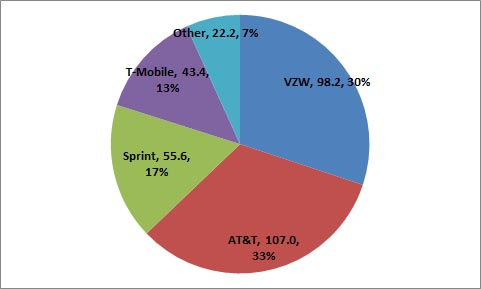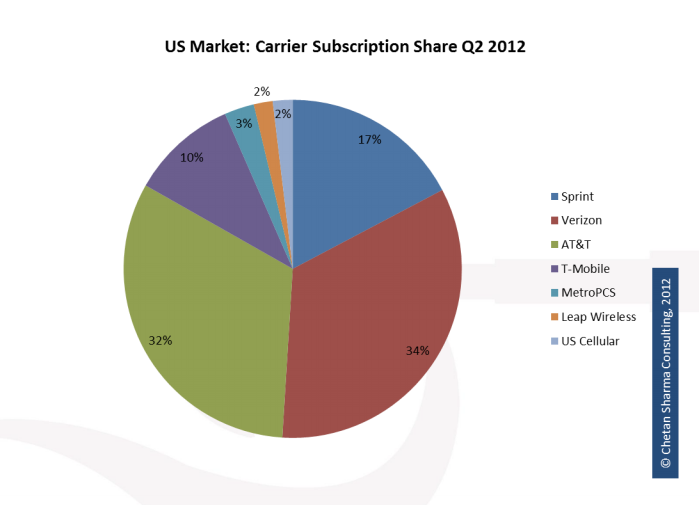How to ”compete with free" is a major question in the Internet era, where many goods--especially of the non-tangible sort-- can be replicated and produced with low marginal cost.
For communications service providers, the issue has arisen mostly in conjunction with low cost or “free” services such as Skype or WhatsApp that supply voice or messaging services “at no incremental cost,” once a user has suitable devices and Internet access.
That has lead many to say the economics of abundance makes new revenue models possible. Some would say “abundance,” a relative term, makes new models essential, in at least some cases. But the implications are startling.
The basic idea is that transistors, storage, computation and bandwidth are so abundant the cost of their use is a price very close to zero. The corollary is that businesses based on the use of such resources can be viewed differently from businesses where inputs are expensive.
In other words, businesses based on abundant inputs can "waste" those resources. In a pre-broadband, pre-Internet-Protocol era, unicasting (content on demand) would have been nearly impossible.
With fast broadband access and abundance of terminals (smart phones, tablets, PCs, game consoles, specialized decoders and TVs), unicasting is feasible.
With that infrastructure in place, real-time cloud storage and computing is possible to a degree that would have been impossible just a decade ago. Likewise, streamed Netflix content, Pandora and Google Drive (cloud based productivity apps and storage) would not have been a reasonable experience for most people.
The degree of “abundance” in various parts of the Internet ecosystem is open to question, but all theories of abundance require a “not scarce” approach to value and retail pricing. That doesn’t necessarily mean “no cost,” only costs so low they are not a barrier to use of a product.
In some ways, a shift to 1-Gbps fixed network Internet access services, priced at $70 a month, is one example how “abundance” can drive even deployment of capital-intensive Internet access services.
ISPs would not claim it is “nearly free” to build and operate such networks, nor would most consumers consider $70 a month “almost free.” By historical measures, a symmetrical gigabit consumer connection costing just $70 a month is quite “abundant.”
Such logic defies conventional sense, and certainly conventional economics, which is fundamentally based on assumptions of scarcity. In fact, such retail prices, for those capabilities, virtually require new thinking about additional revenue sources not contingent on charging for actual use of bandwidth.
In part, that explains the intense amount of attention many service providers are paying to machine to machine services, the Internet of Things, mobile payments, connected car and other initiatives.
Those efforts directly reflect the reality that many goods in an Internet era actually seem to defy the logic of scarcity, which tends to underpin retail prices suppliers can command.
That doesn’t necessarily mean a product or experience has “no cost,” only that once created, the marginal cost of distributing one more unit is fairly low. Nor, in truth, do the economics of virtual goods imply there is no scarcity: in fact, “hit” experiences and products still remain scarce.
Still, some talk about the economics of “abundance,” characterizing the business context for some potential products--especially digital goods--as representing a new type of context, where incremental costs are so low that “free or nearly free” is a reasonable price point.
In fact, the “freemium” revenue model, where a base product is usable for no incremental charge, while additional features are available for fee, is precisely an expression of the notion of “abundance” or low incremental marginal distribution costs.
It is true that marginal distribution costs for many digital goods are relatively low, even when initial production costs can be large. A movie or a broadband access network can represent huge amounts of capital investment, but the cost of using a marginal or additional unit can be quite low.
For a movie, marginal distribution cost arguably is lowest when a title is available to be streamed.
For a communications service provider, marginal distribution cost is lowest when enough customer adoption has occurred to recover all sunk costs, but before saturation of network capabilities.
In other words, when a service provider has extra capacity on the network, but already is recovering capital investment costs, the marginal cost of delivering one more phone call, one more text message, one more email or song is quite low.
At about the point where network utilization climbs up to about 90 percent, the economics change, as additional investment costs loom. So sunk costs dominate. Usage-related costs are relatively minimal.
Since nothing is ever truly “free,” the issue is how to construct a revenue and business model around a product that end users can avail themselves of “without incremental charge.”
The answer continues to evolve, but up to this point indirect revenue models, such as advertising, donations, transaction fees and commerce, have provided the revenue model, even when use of a product requires no incremental charge or payment.
Those are difficult revenue models for most communications service providers,in large part because of more than a century of operating as utilities. That experience has shaped both buyer and seller expectations.
As with electrical, natural gas or water services, people are accustomed to buying an admittedly essential service that nevertheless is sells a product (electrons, BTUs or gallons) viewed as a commodity.
So the key, many would argue, is changing the experience of the products sold in ways that add value and differentiate the products. As always for an intangible product such as a “service,” there are tangible elements, but the product itself (“the experience”) is not directly something a buyer can touch and feel.
To be sure, fixed network service providers, though always faced with high sunk costs, might arguably have an advantage in the “bandwidth supply” area that spectrum-using mobile and untethered service providers do not enjoy.
Though the sunk costs are substantial, once a fiber to home network is in place, the incremental cost of activating or enabling bandwidth is relatively low, up to a point.
So, in many ways, “abundant” computing, storage and bandwidth resources create new problems and opportunities for ISPs and communication service providers.


